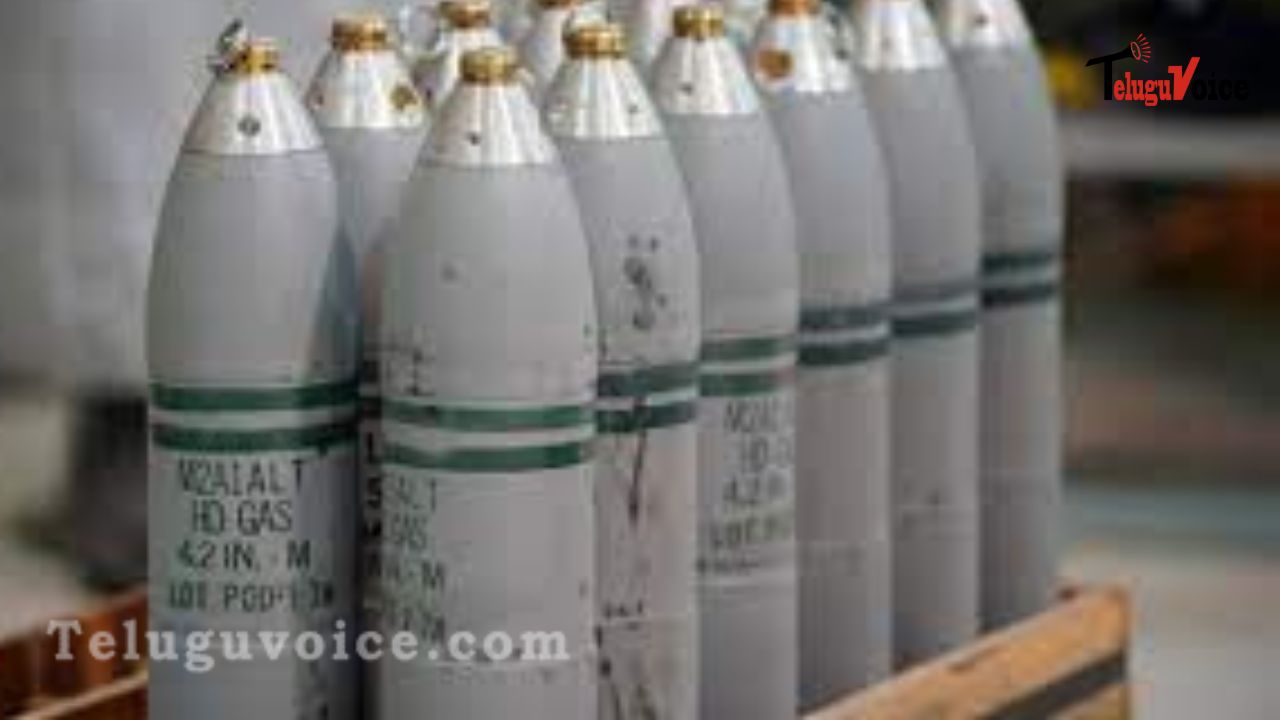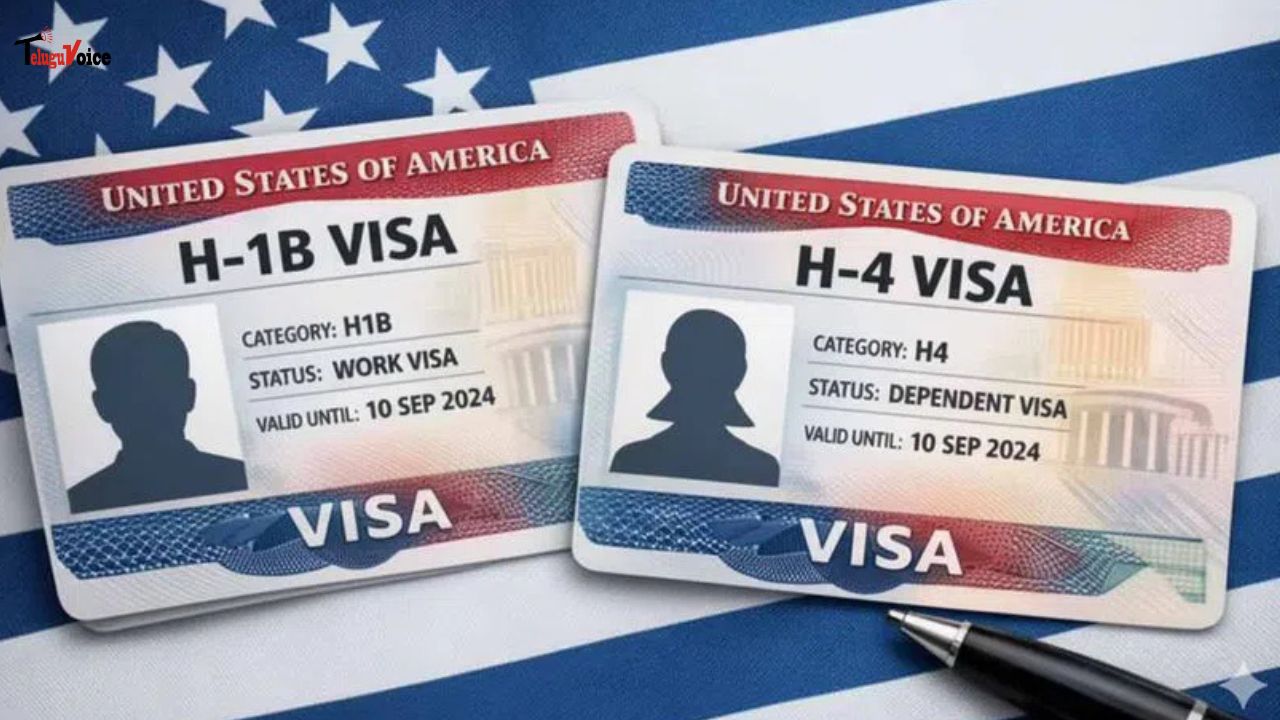The U.S. destroys its last chemical weapons, ending a terrible chapter from World War I

The White House announced on July 7 that the last of the U.S.' declared chemical weapons stockpile had been destroyed at a large military base in eastern Kentucky. This marks the end of a dangerous chapter of warfare that dates back to World War I. This was the end of a decades-long effort to get rid of a stash that had grown to more than 30,000 tons by the end of the Cold War.
The destruction of the weapons is a big deal for Richmond, Kentucky, and Pueblo, Colorado, where the last of the Army's chemical agents were burned last month. It's also a turning point for attempts to control guns all over the world.
Under the international Chemical Weapons Convention, which went into force in 1997 and is signed by 193 countries, the US had until September 30 to get rid of its last chemical weapons. The last of 51,000 M55 rockets with GB nerve agent, which is a dangerous toxin also called "sarin," are being burned in Kentucky. These rockets have been stored at the depot since the 1940s.
Military experts say that by burning the explosives, the US is sending a message to the few countries that haven't signed the deal that these kinds of weapons are no longer allowed on the ground. The news came at the same time that the Biden administration chose to give cluster bombs to Ukraine. Two-thirds of NATO countries have banned cluster bombs because they can kill a lot of civilians. Jake Sullivan, the national security director, said that Ukraine has promised to be careful with the bombs that open in the air and let out a lot of smaller bomblets.
Chemical weapons were first used in modern war in World War I. It is thought that at least 100,000 people died because of them. Even though their use was later banned by the Geneva Convention, countries kept stockpiling them until a treaty called for them to be destroyed.

 South Africa tour of India 2019
South Africa tour of India 2019










Comments